I was searching for old photos of Pulau Tekong at the National Archives of Singapore, when I came across a series of coloured photos that featured the resettlement of a Chinese temple from the island to mainland Singapore with the help of SAF (Singapore Armed Forces). Eager to find out more, I paid the Temple of Sun Deity (太阳公庙) a visit, coincidentally on a hot sunny morning.
The origins of the Temple of Sun Deity went back to the sixties. For three decades, a Chinese couple had lived on Pulau Tekong, relying on fishing and farming as their livelihood. In 1966, after recovering from a serious illness, the couple decided to pay their gratitude to the Deity of the Sun by setting up a temple beside the lake at Kampong Pasir Merah. The temple soon became popular and attracted many devotees, and was said to be well-known within the Southeast Asian region.
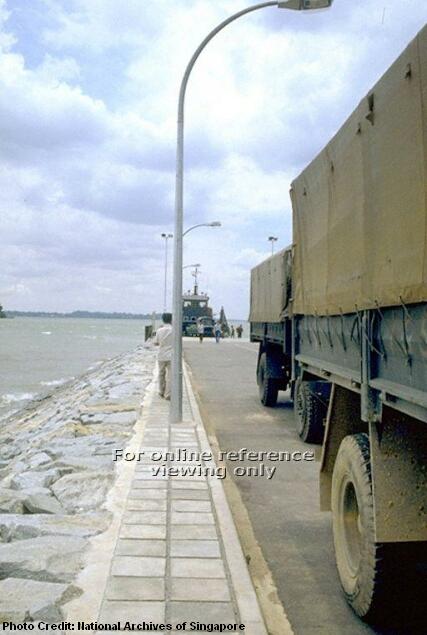

By the late seventies, the islanders were informed that there were plans for Pulau Tekong to be developed into a restricted military training base. After a meeting held in 1984 at the Kampong Selabin Community Centre, the temple’s abbot and committee decided to register their place-of-worship with the government and proceed with the resettlement plan. A small parcel of land at Bedok North Avenue 4 was purchased as the temple’s new home.
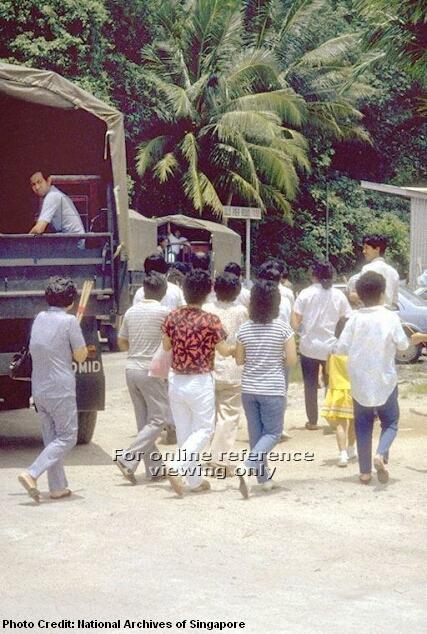
Prior to the Second World War, many residents on Pulau Tekong were engaged in the island’s gambier and rubber plantations. Others plied their trades in engaged in fishing and agriculture. Prominent businessman Tan Kah Kee (1874-1961) also set up a brickwork factory on Pulau Tekong, providing employment opportunities for the islanders. The Hakkas, Malays and Teochews made up the largest communities on Pulau Tekong. By the eighties, the island’s population peaked at almost 8,000.


The Temple of Sun Deity was the only Chinese temple left on Pulau Tekong by the mid-eighties. There were once as many as six Chinese temples on the island, the larger ones being De An Temple, Jiang Fu Temple and Tianzhao Buddhist Temple. Most of them had shut down when the island was acquired by the government. When the grand resettlement ceremony of the Temple of Sun Deity was carried out in an auspicious day in September 1986, dozens of former residents of Pulau Tekong returned to participate in the ritual with the temple’s devotees.
The SAF had assigned its military personnel, several 3-tonners and a RPL (Ramp Powered Launcher) to assist in the transportation of the temple’s idols and paraphernalia. It was probably the one and only time the military was activated to assist in the resettlement of a religious place-of-worship. After a 30-min journey, the convoy landed at the Commando Jetty at the end of Old Pier Road. It was another one-hour road trip before they arrived at the temple’s new home at Bedok North.




The Temple of Sun Deity at Bedok North was initially housed in a simple single-storey wooden building. In 1992, it was replaced by a new modern design and was renamed as Tian Kong Buddhist Temple, where it was joined by two other Chinese temples and a monastery in the vicinity, forming a cluster of Chinese places-of-worship within the designated Bedok North industrial estate.

The temple also honoured the God of Tuan (Tuan Kong). A Malay general of the Aceh Kingdom, Tuan died fighting against the Portuguese invaders in the 16th century. In the 19th century, a mysterious elderly Malay man was seen sailing in a boat around Pulau Sejahat. A huge stone was later discovered after his disappearance on the island.
Believed that the elderly man was the guardian of the sea, the Hakka and Teochew villagers decided to honour and worship the stone after Tuan, conducting grand rituals every mid-Decembers of the lunar calender for the safety of those who plied their trades on the waters.

Every year, the temple comes to life with rituals and other bustling activities during the birthday of the Sun Deity, which falls on 19th of March of the lunar calender. Otherwise, it enjoys a quiet moment at the junction of Bedok North Avenue 4 and Street 5. Its interior still displays many photos of Pulau Tekong of the eighties, including Kampong Selabin and its old shophouses, that act as a constant reminder for the former islanders of their life before the resettlement.




Published: 04 May 2014
Discover more from Remember Singapore
Subscribe to get the latest posts sent to your email.


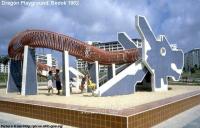

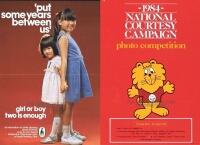


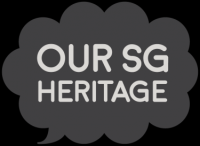
I take it that its Pulau Tekong Besar as Tekong Kechil was owned by my grandad WIlliam Chase-Currier who died without a will and the island went back to itgs previous owner – Johore. Singapore owns it now and is a military base as we couldnt get close to throw my mum and dad’s ashes.
Tekong Kechil had the Bugis families living there with my grandad’s brick home near the beach.
Grandad died pulling his boat ashore at Changi Point at the age of 45yrs (heart) – too young to worry at the time for making a last will.
I enjoy reading your articles. Suggestion for the next article – the settlements of yesteryear on our outlying islands.
Thanks… I’m still in the midst of collecting more information and old photos
Thanks for this! My grandpa grew up in Tekong – along with his entire clan of Hakka relatives. I’ll probably do some follow up digging on Kampung Senyunkong (which already sounds Hakka haha). Thank you again.
Hi I am actually doing researches (in Chinese though) about Pulau Tekong and I’d just like to share some of my insights:
1. Pulau Tekong Malays were mostly from Pahang descent because of the Pahang Civil War at that time.
2. Kg Selabin was an important trade hub in Eastern Singapore in the 19th century because of lack of transport between Changi and the City and also because of its strategic location as a 避风港 for junk boats between along eastern Johor.
3. The Chinese on Pulau Tekong were mainly Hakkas and Teochews and their relations weren’t very cordial. There were power struggles in the one and only local Chinese clan assoication there called 粤闽馆 and the Teochews were so pissed off they created their own 潮州公司 in the 1930s.
4. Though the island was under the constituency of Changi, the local affairs of the island was mainly left to the Penghulus. There were three penghulus before the residents were relocated, of which the first penghulu was a Chinese Muslim who introduced rubber to the island.
Hope this does arouse some interest! 😀